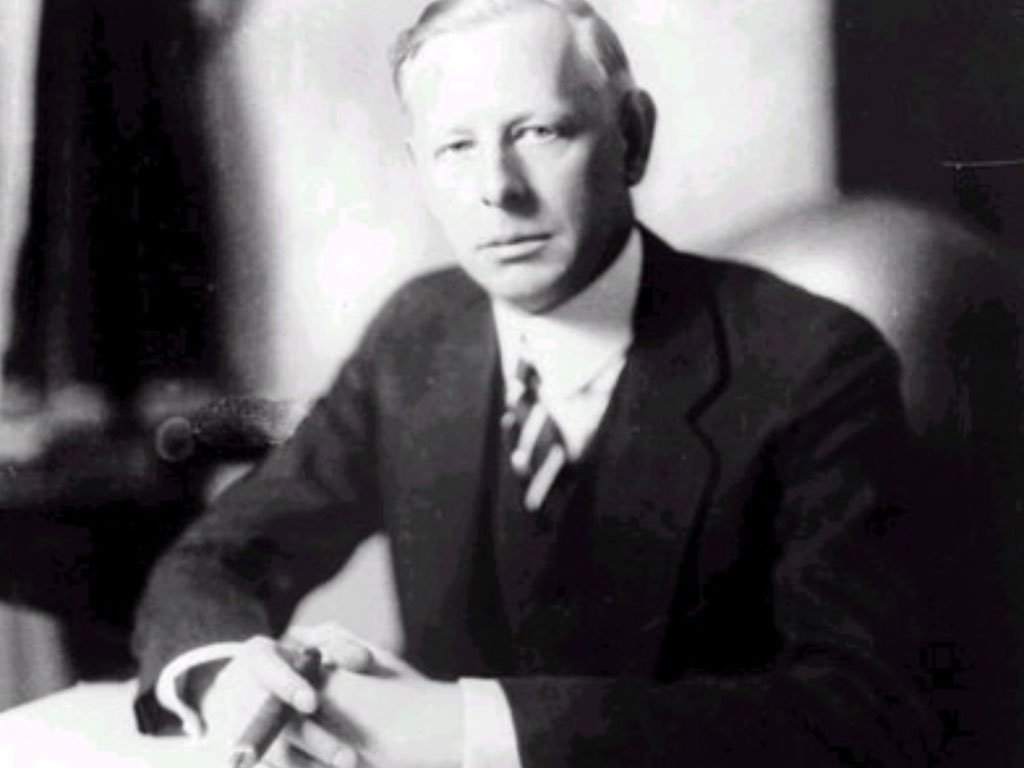This is an excerpt from my very lengthy article about VALUEx Vail 2012 conference.
The final dessert speaker of day two was Jon Markman (here is a link to a PDF). Jon annotated one of my favorite books, a classic among investment-book classics, Reminiscences of a Stock Operator, a novel that provides a great introspective look inside a trader’s mind and teaches many behavioral and common-sense lessons. It was written in 1923 by Edwin Lefevre, and depicts from a first-person perspective the early years of the great trader Jesse Livermore. Jon’s skillful annotation takes you behind the scenes of Lefevre’s story and provides important insights into characters and the backdrop of that very interesting time period. Jon’s annotations are almost like a book within a book. I asked Jon to give a dessert talk about Jesse Livermore and the 1920s.
What was shocking in Jon’s presentation was the economic and social backdrop that preceded the 1924-1929 bull market. The world was reeling from influenza – the Spanish flu – that took the lives of 3% of the world’s population (3% – between 50 and 130 million people!), and the wounds from the 1920-21 depression were still fresh. However, all that did not stop the Dow appreciating almost five fold in five years. This bull market followed a 1906-1924 secular sideways market – they usually do. In fact it was a classic sideways market: earnings grew about 2.5%, offset by an equivalent price-to-earnings decline which, after eighteen years of a lot of volatility and no returns, bottomed out at about 10-11 times. If the economy and stock market survived and actually went up after all this – oh, and let’s not forget World War I, which ended in 1918 and claimed the lives of a million people – then maybe today global problems are surmountable too.
There are lot of similarities between the 1920s and today. In fact Livermore’s quote says it all: “There is never anything new on Wall Street, because speculation is as old as the hills.” Jon talked about how the 1924-1929 bull market was rigged by stock manipulators. (Market would have likely gone up – valuations were low and economy and earnings were growing, but likely not nearly as much.) Ninety-some years later the market is still (or at least is perceived to be) rigged by high-frequency traders; and short- and long-term rates in the bond market are manipulated by the Federal Reserve (and other central banks) by QEs, which also inflate stock market valuations. And now, if that wasn’t enough, we have a LIBOR manipulation scandal. In fact, if we look at the global economy, the whole thing looks like it has been rigged by governments that are trying to stimulate themselves out of trouble. And of course, the 1924-1929 bull market was followed by … a precipitous, almost 80% drop in the stock market.
This is not a cry from the wilderness, prophesying that the market is about to decline 80%, like it declined during the Great Depression – unless the global economy contracts substantially for a long period of time. Historically, long-lasting bear markets started when valuations were high (if you normalize profit margins, they are still high today) and economy contracted for a long time (think Japan in the early 1990s). But my thought was that manipulation is almost by definition artificial distortion, and the economy and the stock market tend to expunge the distortion by reverting (usually with overcorrection) to where they were supposed to be before the manipulation.
Over dinner, Jon and I talked about Livermore. I said, “Jon, I don’t know a single truly successful trader but know plenty of great value investors. The only trader I knew personally who claimed to be successful ended up running a Ponzi scheme. The ones that are successful usually have a great, a phenomenal, performance record that usually at some point climaxes with the loss of all capital. In fact that is what happened to Livermore; he died destitute. Why is that?” Jon replied that there are some successful traders. Paul Tudor Jones is a success, and there are others. But in general, to achieve phenomenal returns a lot of them had to bet a very large part of the portfolio every time. So yes, it is a matter of time before a bet goes wrong. Livermore took enormous risks, sometimes betting all his money on one trade.
Jon’s final point was “the main point of the book is lost on some people because there is so much richness in the aphorisms – “Don’t be a sucker.” …. Educate yourself on the ways that Wall Street tricks you out of your money, and then determine the best way to sidestep those deceptions in ways that suit your personality, risk tolerance and time horizon.”
Here are a few quotes from Reminiscences of a Stock Operator that I think are invaluable:
“A man must believe in himself and his judgment if he expects to make a living at this game. That is why I don’t believe in tips. If I buy stocks on Smith’s tip, I must sell those same stocks on Smith’s tip.”
…
“The recognition of our own mistakes should not benefit us any more than the study of our successes. But there is a natural tendency in all men to avoid punishment. When you associate certain mistakes with a licking, you do not hanker for a second dose, and, of course, all stock-market mistakes wound you in two tender spots – your pocketbook and your vanity.”
…
“One of the most helpful things that anybody can learn is to give up trying to catch the last eighth or the first. These two are the most expensive eighths in the world. They have cost stock traders, in the aggregate, enough millions of dollars to build a concrete highway across the continent.”









0 comments